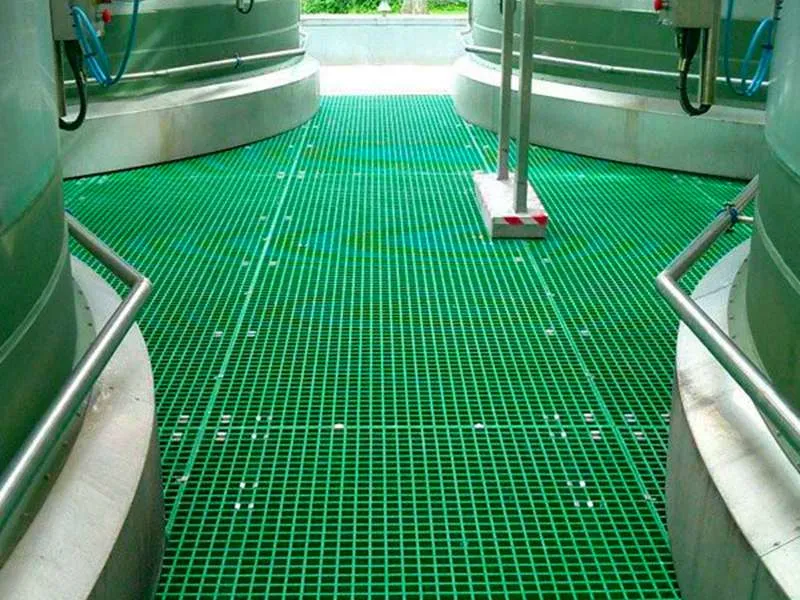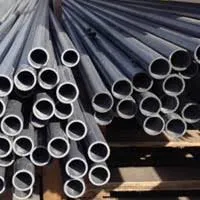
-
 Afrikaans
Afrikaans -
 Albanian
Albanian -
 Amharic
Amharic -
 Arabic
Arabic -
 Armenian
Armenian -
 Azerbaijani
Azerbaijani -
 Basque
Basque -
 Belarusian
Belarusian -
 Bengali
Bengali -
 Bosnian
Bosnian -
 Bulgarian
Bulgarian -
 Catalan
Catalan -
 Cebuano
Cebuano -
 China
China -
 China (Taiwan)
China (Taiwan) -
 Corsican
Corsican -
 Croatian
Croatian -
 Czech
Czech -
 Danish
Danish -
 Dutch
Dutch -
 English
English -
 Esperanto
Esperanto -
 Estonian
Estonian -
 Finnish
Finnish -
 French
French -
 Frisian
Frisian -
 Galician
Galician -
 Georgian
Georgian -
 German
German -
 Greek
Greek -
 Gujarati
Gujarati -
 Haitian Creole
Haitian Creole -
 hausa
hausa -
 hawaiian
hawaiian -
 Hebrew
Hebrew -
 Hindi
Hindi -
 Miao
Miao -
 Hungarian
Hungarian -
 Icelandic
Icelandic -
 igbo
igbo -
 Indonesian
Indonesian -
 irish
irish -
 Italian
Italian -
 Japanese
Japanese -
 Javanese
Javanese -
 Kannada
Kannada -
 kazakh
kazakh -
 Khmer
Khmer -
 Rwandese
Rwandese -
 Korean
Korean -
 Kurdish
Kurdish -
 Kyrgyz
Kyrgyz -
 Lao
Lao -
 Latin
Latin -
 Latvian
Latvian -
 Lithuanian
Lithuanian -
 Luxembourgish
Luxembourgish -
 Macedonian
Macedonian -
 Malgashi
Malgashi -
 Malay
Malay -
 Malayalam
Malayalam -
 Maltese
Maltese -
 Maori
Maori -
 Marathi
Marathi -
 Mongolian
Mongolian -
 Myanmar
Myanmar -
 Nepali
Nepali -
 Norwegian
Norwegian -
 Norwegian
Norwegian -
 Occitan
Occitan -
 Pashto
Pashto -
 Persian
Persian -
 Polish
Polish -
 Portuguese
Portuguese -
 Punjabi
Punjabi -
 Romanian
Romanian -
 Russian
Russian -
 Samoan
Samoan -
 Scottish Gaelic
Scottish Gaelic -
 Serbian
Serbian -
 Sesotho
Sesotho -
 Shona
Shona -
 Sindhi
Sindhi -
 Sinhala
Sinhala -
 Slovak
Slovak -
 Slovenian
Slovenian -
 Somali
Somali -
 Spanish
Spanish -
 Sundanese
Sundanese -
 Swahili
Swahili -
 Swedish
Swedish -
 Tagalog
Tagalog -
 Tajik
Tajik -
 Tamil
Tamil -
 Tatar
Tatar -
 Telugu
Telugu -
 Thai
Thai -
 Turkish
Turkish -
 Turkmen
Turkmen -
 Ukrainian
Ukrainian -
 Urdu
Urdu -
 Uighur
Uighur -
 Uzbek
Uzbek -
 Vietnamese
Vietnamese -
 Welsh
Welsh -
 Bantu
Bantu -
 Yiddish
Yiddish -
 Yoruba
Yoruba -
 Zulu
Zulu
Feb . 05, 2025 04:22
Back to list
frp sump cover
Fiber Reinforced Plastic (FRP) sump covers have emerged as a preferred choice in various industries due to their unparalleled combination of durability, safety, and cost-effectiveness. In sectors ranging from wastewater management to chemical processing, FRP sump covers provide reliable protection for both environmental and operational elements. Here, we dive deep into understanding why FRP sump covers stand out and how they can dramatically enhance operational efficiency in industrial settings.
Another operational advantage is the thermal stability of FRP. In temperature fluctuations, FRP sump covers maintain their structural integrity, eliminating expansion and contraction issues associated with traditional metal covers. This stability benefits industries with extreme thermal exposure, ensuring continuous protection without the need for constant monitoring and adjustment. Cost-Effectiveness Over Time While the initial cost of FRP sump covers might be higher compared to some traditional materials, they prove to be a cost-effective solution over time. Their superior lifecycle, minimal maintenance requirements, and resistance to environmental wear translate into significant savings. Additionally, because FRP is impervious to most chemicals, industries that deal with hazardous or corrosive materials find FRP covers to be a long-term investment that safeguards both infrastructure and budgets from the ravages of chemical degradation. Environmental Impact and Compliance Industries are under increasing pressure to adopt environmentally-friendly practices. FRP sump covers contribute positively by being created from recyclable materials, reducing the overall environmental footprint. Furthermore, their corrosion resistance means fewer replacements and less environmental disruption over time. Many FRP manufacturers also adhere to strict environmental standards during production, ensuring compliance with international regulations, thus reinforcing the trustworthiness of FRP as a sustainable option. Conclusion Choosing FRP sump covers represents a strategic move toward enhancing safety, efficiency, and sustainability within industrial environments. Their adaptability, combined with robust material characteristics, offer an excellent solution for diverse industrial applications. By opting for FRP, businesses not only optimize operational workflows but also solidify their commitment to long-term environmental responsibility and cost efficiency.


Another operational advantage is the thermal stability of FRP. In temperature fluctuations, FRP sump covers maintain their structural integrity, eliminating expansion and contraction issues associated with traditional metal covers. This stability benefits industries with extreme thermal exposure, ensuring continuous protection without the need for constant monitoring and adjustment. Cost-Effectiveness Over Time While the initial cost of FRP sump covers might be higher compared to some traditional materials, they prove to be a cost-effective solution over time. Their superior lifecycle, minimal maintenance requirements, and resistance to environmental wear translate into significant savings. Additionally, because FRP is impervious to most chemicals, industries that deal with hazardous or corrosive materials find FRP covers to be a long-term investment that safeguards both infrastructure and budgets from the ravages of chemical degradation. Environmental Impact and Compliance Industries are under increasing pressure to adopt environmentally-friendly practices. FRP sump covers contribute positively by being created from recyclable materials, reducing the overall environmental footprint. Furthermore, their corrosion resistance means fewer replacements and less environmental disruption over time. Many FRP manufacturers also adhere to strict environmental standards during production, ensuring compliance with international regulations, thus reinforcing the trustworthiness of FRP as a sustainable option. Conclusion Choosing FRP sump covers represents a strategic move toward enhancing safety, efficiency, and sustainability within industrial environments. Their adaptability, combined with robust material characteristics, offer an excellent solution for diverse industrial applications. By opting for FRP, businesses not only optimize operational workflows but also solidify their commitment to long-term environmental responsibility and cost efficiency.
Next:
Related Products









